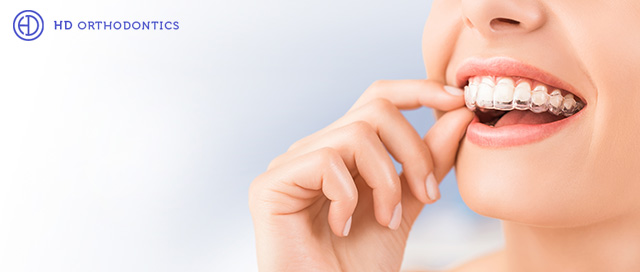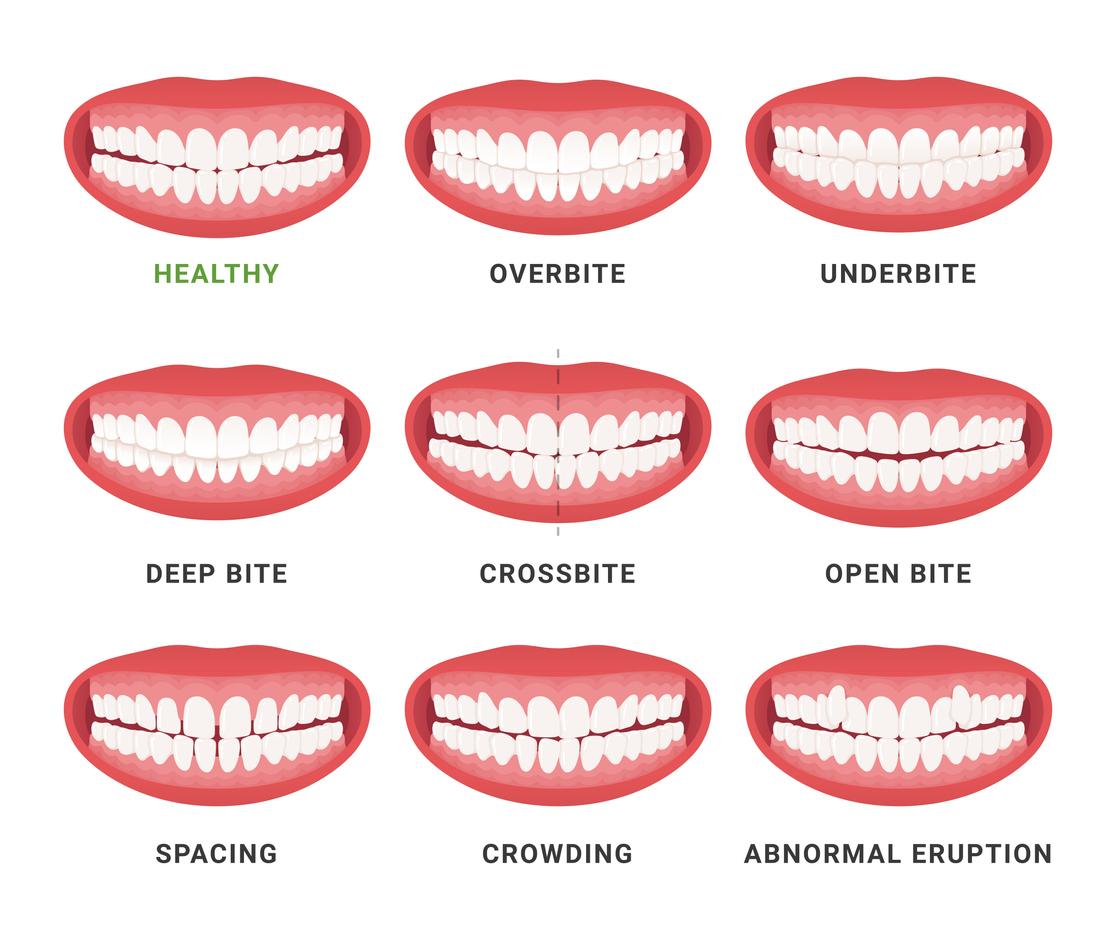Invisalign for Teenagers: A Modern Solution to Straightening Young Smiles
Invisalign for Teenagers: A Modern Solution to Straightening Young Smiles
Blog Article
Invisalign vs. Typical Braces: Which Choice Is Right for You?
When considering orthodontic therapy, the option between Invisalign and conventional braces offers several vital aspects that warrant careful evaluation. Invisalign provides a discreet option with detachable aligners, while traditional braces offer a much more noticeable yet reliable option for extreme misalignment.
Introduction of Treatment Alternatives

In comparison, traditional braces contain metal braces and cords that are adhered to the teeth. This technique applies continuous stress with time to attain positioning. While efficient for intricate orthodontic problems, traditional dental braces need normal gos to for modifications and can present challenges in preserving dental health because of the difficulty of cleaning up around cords and braces.
Both alternatives have their qualities, and the selection typically rests on particular oral conditions, way of life preferences, and client compliance. Inevitably, seeking advice from an orthodontic professional is vital for establishing one of the most ideal therapy strategy tailored to individual needs. Comprehending the nuances of each choice can significantly affect the general success of orthodontic treatment.
Visual Considerations
A considerable variable affecting the selection between Invisalign and traditional dental braces is the aesthetic allure each therapy provides. Invisalign aligners are crafted from clear plastic, making them practically invisible when worn.
On the other hand, typical braces include metal braces and cords, which can be more visible. While innovations in orthodontic innovation have actually caused the advancement of smaller sized brackets and colored elastics, typical dental braces still maintain an even more noticeable account. For some individuals, the presence of dental braces may hinder them from looking for required treatment.
Eventually, the selection in between Invisalign and conventional braces might pivot on individual choices regarding visual appeals. Patients that prioritize discernment commonly favor Invisalign, while those who are less worried about exposure might select traditional dental braces. Understanding the visual ramifications of each choice is vital for making a notified decision that aligns with one's way of living and preferences.
Convenience and Convenience

In regards to comfort, Invisalign aligners are removable, allowing patients to enjoy their favored foods without restriction and preserve optimal oral health. Brushing and flossing are simplified, as the aligners can be gotten during these routines, whereas traditional dental braces need mindful steering around braces and cords.
Furthermore, Invisalign's dynamic system allows for less orthodontic brows through. Clients usually obtain several sets of aligners simultaneously, which can simplify the treatment process and reduce time invested in the orthodontist's chair. In comparison, standard braces necessitate regular adjustments, making them much less convenient for those with active routines. Invisalign. In general, the comfort and ease of Invisalign make it an attractive option for many individuals seeking orthodontic therapy.
Therapy Duration and Effectiveness
While both Invisalign and standard braces work in remedying oral imbalances, the duration of therapy can differ considerably in between the two options. Normally, Invisalign therapy can take anywhere from 12 to 18 months, Visit This Link depending upon the intricacy of the case. The clear aligners function by slowly moving teeth into their wanted positions, and normal follow-ups with an orthodontist help make sure development continues to be on course.
On the other hand, typical dental braces often call for a longer commitment, normally ranging from 18 months to 3 years. This is due to their set nature and using brackets and wires, which can be a lot more reliable for complex cases and serious imbalances (Invisalign). The therapy performance of typical braces is well-documented, as they enable accurate changes and greater control over tooth activity
Ultimately, the selection in between Invisalign and conventional braces may rest on both the expected treatment period and the specific oral problems handy. Consulting with an orthodontist is important, as they can supply tailored recommendations based upon specific requirements, ensuring the chosen method lines up with desired timeframes and end results.
Cost Contrast and Insurance Policy Options
Expense plays a considerable role in the decision-making procedure for people thinking about orthodontic treatment, whether choosing Invisalign or conventional dental braces. Typically, the expense of Invisalign varieties from $3,000 to $8,000, while standard braces generally cost in between $2,000 and $6,000. Elements influencing these prices consist of the complexity of the situation, the period of treatment, and geographical place.
Insurance policy coverage can considerably impact out-of-pocket expenses. Many dental insurance strategies offer partial insurance coverage for orthodontic treatments, however the specifics can differ extensively. It is essential for patients to review their insurance coverage plans to determine the level of protection for either alternative. Usually, conventional dental braces may be more often covered by insurance policy plans contrasted to Invisalign, which some insurance firms classify as an aesthetic procedure.
In addition, numerous orthodontic methods supply flexible layaway plan, making look at this website both treatment choices a lot more obtainable. Individuals must make inquiries about potential financing alternatives and discount rates for ahead of time settlements. Assessing the complete expense, consisting of insurance policy benefits and settlement strategies, is essential for making an educated choice that straightens with both aesthetic choices and spending plan factors to consider.

Verdict
In recap, the option in between Invisalign and conventional dental braces pivots on numerous factors, including aesthetic choices, comfort, therapy period, and expense. Invisalign provides a discreet, detachable alternative that assists in dental hygiene and nutritional flexibility, while standard dental braces may be much more appropriate for intricate oral problems and usually come at a reduced rate point. Inevitably, appointment with an orthodontist is necessary to evaluate specific situations and figure out one of the most suitable treatment alternative for achieving optimal oral positioning.
When taking into consideration orthodontic therapy, the choice in between Invisalign and typical braces presents numerous important factors that warrant cautious evaluation.Comparing Invisalign and conventional dental braces exposes unique therapy choices for orthodontic modification.While both Invisalign and conventional braces are effective in dealing with oral imbalances, the period of therapy can differ significantly between the two alternatives.Cost plays a considerable role in the decision-making procedure for people taking into consideration orthodontic therapy, whether choosing for Invisalign or conventional braces.In summary, the option you could try here in between Invisalign and conventional braces hinges on multiple elements, including visual preferences, convenience, therapy period, and cost.
Report this page